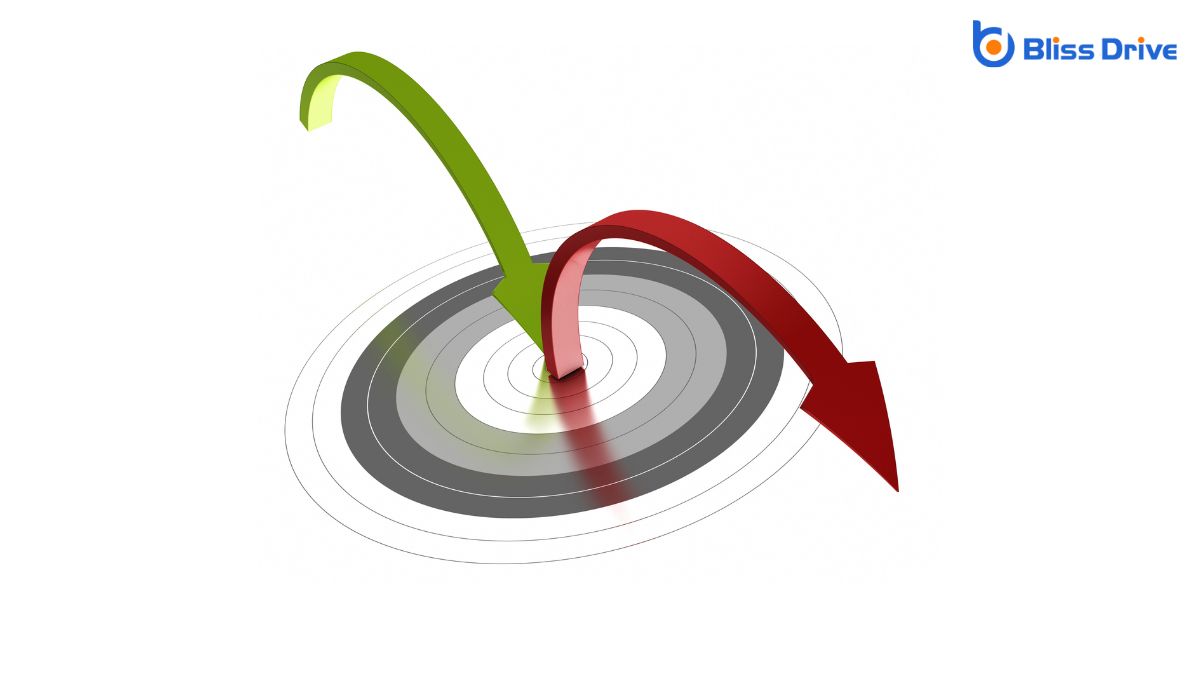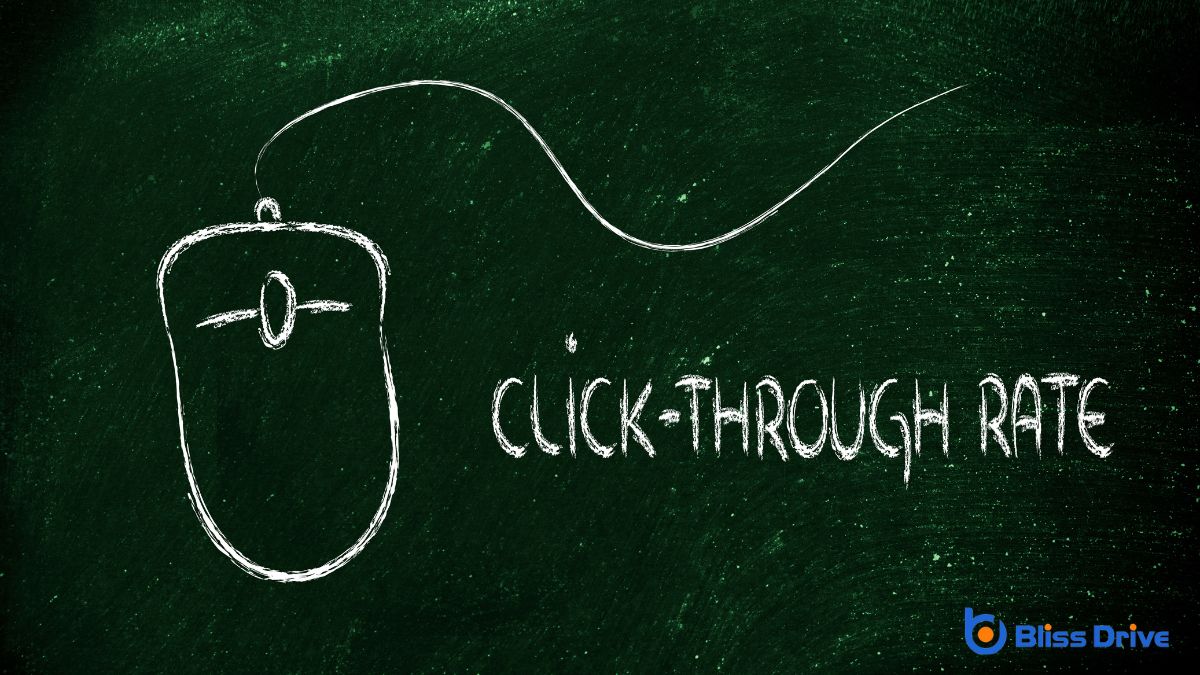Learn More About Us

You might suspect your call-to-action is underperforming, but how do you confirm it? Start by examining key metrics like click-through and conversionThe completion of a desired action by a referred user, such as making a purchase or filling out a fo... rates. If they fall short of industry standards, it’s a red flag. A high bounce rateThe percentage of visitors who leave a website after viewing only one page. might also indicate a disconnect between your message and landing pageThe web page a user is directed to after clicking on an affiliate link, optimized for conversions.. But that’s not all; there are other factors to contemplate that could reveal hidden insights about your CTA’s effectiveness.

How can you effectively determine if your CTA is pulling its weight? Start by analyzing the click-through rate (CTR)The percentage of users who click on a specific link or CTA.. This metric shows how often people click your call-to-action compared to how many see it.
To gauge effectiveness, calculate your CTR by dividing the number of clicks by the number of impressions, then multiplying by 100 to get a percentage. A higher CTR suggests your CTA is compelling and relevant.
Next, compare your CTR with industry benchmarks to see if it aligns with standard expectations. If it's lower, consider tweaking your CTA's design, wording, or placement. Ascertain it's clear, concise, and engages your audience.
When evaluating your CTA's performance, monitoring conversion rates is essential since it shows how effectively clicks translate into desired actions. Every click on your CTA should ideally lead to a conversion, whether it’s a purchase, signup, or download. You need to track these conversions to understand if your CTA is truly effective. If your conversion rate is low, it’s a clear sign that something might be off with your message or landing page.
Review your conversion data regularly. Use tools like Google AnalyticsA web analytics service offered by Google that tracks and reports website traffic. to measure the percentage of visitors completing the action. This insight helps you identify patterns and areas needing improvement.
While monitoring conversion rates gives you insight into the effectiveness of your CTA, evaluating bounce rates provides another essential piece of the puzzle.
A high bounce rate might indicate that visitors aren't finding what they expected after clicking your call-to-action. It could mean your messaging doesn't align well with the landing page content, or perhaps the page doesn't load quickly enough.
Consider these emotional triggers when addressing bounce rates:
Curiously, what truly keeps users engaged after they click on your CTA? It’s all about the experience you provide.
Start by examining the path users take once they land on your page. Are they finding value in your content, or are they leaving quickly? Use metrics like time on page, pages per session, and scroll depthA metric that measures how far down a webpage users scroll, indicating content engagement. to gauge their interest. If users stick around, it’s a sign your content resonates.
Encourage interactions with elements like comments, social shares, or forms. Pay attention to feedback—both direct and indirect—through user reviews or session recordings. This information helps you understand their behavior and improve their journey.
Keep refining until your users consistently find your content engaging post-CTA click, ensuring higher conversion success.
One of the most effective methods to evaluate your CTA's performance is by reviewing A/B test results.
These tests allow you to compare two variations of your CTA to see which one resonates more with your audience. As you explore your results, pay attention to these key emotional triggers:
Understanding where your traffic originates is essential for evaluating your CTA's effectiveness. You need to track the sources to determine which channels drive the most visitors to your site.
Are they coming from social media, search engines, or email campaigns? Use analytics toolsSoftware used to track and analyze website performance, user behavior, and marketing efforts. to identify these sources precisely. This data tells you where your audience is engaging with you most and helps you see if certain channels consistently lead to conversions.
If one source sends a lot of traffic but results in few conversions, your CTA mightn't be resonating with that audience. By pinpointing traffic origins, you can adjust your strategy, focusing on high-performing channels and optimizing underperforming ones, ensuring your CTA achieves maximum impact.
How can you make sure your CTA hits the right note with your audience? Start by considering audience segmentationDividing a social media audience into smaller groups based on specific criteria for targeted marketi.... By understanding distinct groups within your audience, you can tailor your CTA to resonate more effectively.
Imagine the power of speaking directly to what each segment values most. Here's how segmentationThe process of dividing a market or customer base into distinct groups with similar characteristics.... can evoke emotions and drive action:
Consider the differences in demographics, interests, and behaviors. A generic message won't appeal to everyone.
Where should you place your CTA for maximum impact? The position of your call-to-action (CTA) greatly affects its performance.
Ideally, you want it where visitors naturally look or interact. Placing it above the fold guarantees visibility without scrolling, capturing attention immediately.
However, context matters. If your page requires more engagement before a decision, placing the CTA at the end of content can be beneficial. It's about guiding users through information first, then prompting action.
Consider eye-tracking data and user behavior analyticsThe systematic computational analysis of data or statistics to gain insights and support decision-ma... to identify hotspots on your page. These insights can reveal unexpected places where a CTA might perform well.
Testing different placementsSpecific websites or locations within websites where ads can appear. and analyzing results helps you find the sweet spot, guaranteeing your CTA doesn't underperform due to poor positioning.

When it comes to evaluating your CTA's effectiveness, focusing on design and copy elements is vital. These components can greatly impact whether your audience takes action or scrolls past.
Pay attention to the visual appeal and clarity of your message. A well-designed CTA should be eye-catching and easy to understand, evoking a sense of urgency and importance.
Consider the following elements to guarantee your CTA resonates with your audience:
Each aspect plays a vital role in capturing your audience's attention and driving conversions.
To guarantee your CTA performs at its best, regularly review key metrics like click-through rates, conversion rates, and bounce rates. These indicators help pinpoint if your CTA are compelling enough and aligned with your landing page content. Don't forget to assess user engagement, traffic sources, and audience segmentation. A/B test results offer insights into what resonates best. Also, examine your CTA's placement, design, and copy. By staying proactive, you'll boost user interactionAny action taken by a user on social media, such as likes, comments, shares, or retweets. and drive desired actions.
